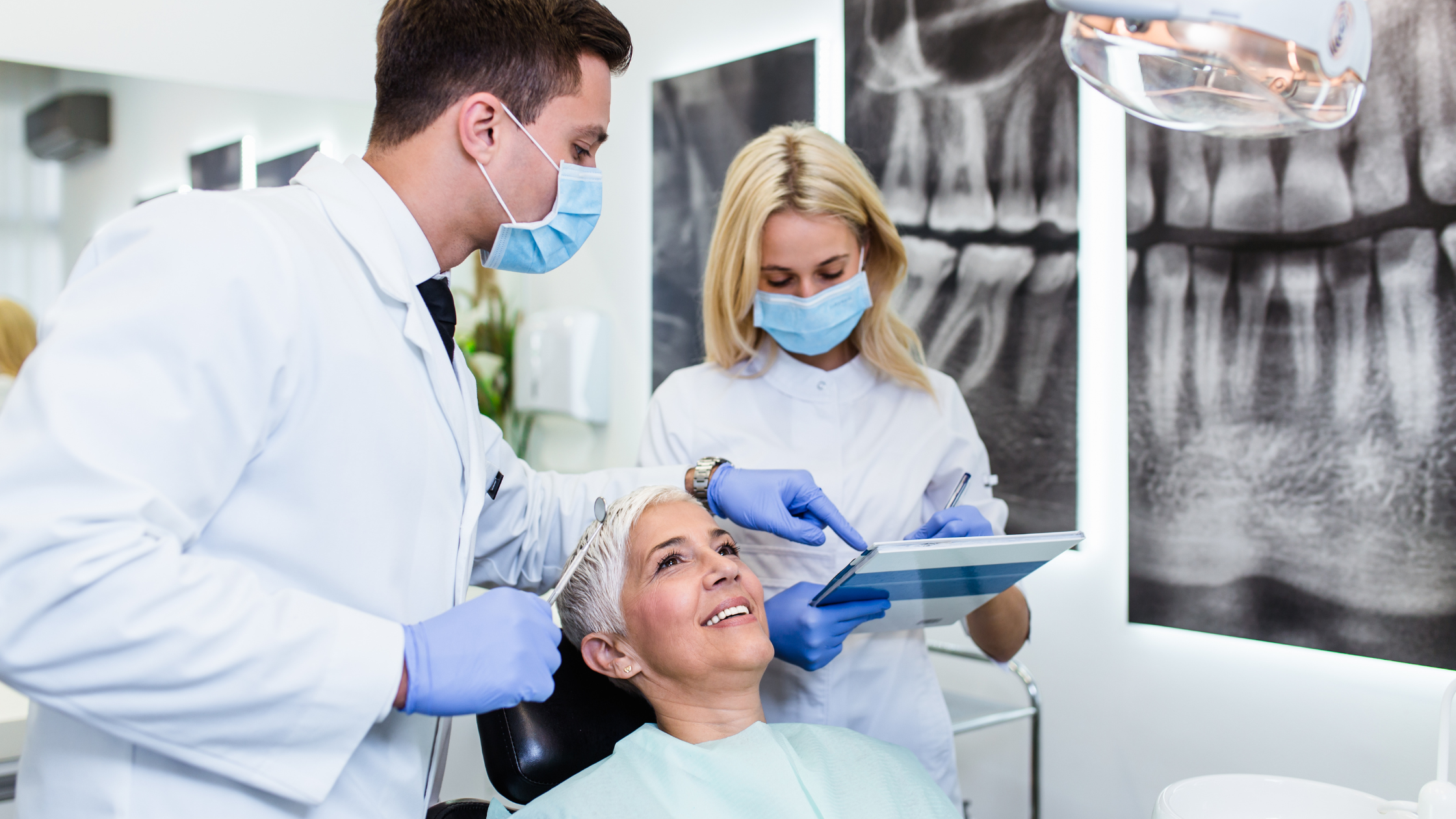
Exploring the High Dental Fees in Australia: Understanding the Factors
Introduction
Are you tired of paying exorbitant fees every time you visit the dentist in Australia? Well, you're not alone! Many Australians are baffled by the high dental fees in their country. In this article, we will delve deep into the factors that contribute to these sky-high prices and help you gain a better understanding Dentist Como WA of why dental care costs so much Down Under. So, let's strap on our dental gear and embark on this enlightening journey!
Exploring the High Dental Fees in Australia: Understanding the Factors
Dental fees in Australia have been a cause for concern among locals, with many wondering why they are so expensive. To shed light on this issue, let's explore some of the key factors that contribute to the high dental fees in Australia.
1. Limited Government Subsidies
One of the primary reasons for high dental fees in Australia is the limited government subsidies for dental care. Unlike other developed countries, such as Canada and the United Kingdom, where dental treatment is partially or fully subsidized by the government, Australians have to bear a significant portion of their dental expenses out of pocket.
2. High Overhead Costs
Running a dental practice involves substantial overhead costs, which are passed on to patients through higher fees. Dentists have to invest in state-of-the-art equipment, maintain sterilization protocols, hire qualified staff, and comply with stringent regulations imposed by dental governing bodies. All these factors contribute to the overall cost of providing dental services.
3. Costly Dental Education
Becoming a dentist in Australia requires years of rigorous education and training. Dental students accumulate significant debt to finance their studies, which further drives up the cost of dental services. These educational loans need to be repaid, leading dentists to charge higher fees to cover their debts and make a living.
4. Expensive Dental Materials and Technology
Dentistry has evolved leaps and bounds in recent years, with the introduction of advanced materials and technologies. While these innovations have improved the quality of dental care, they come at a price. Dentists need to invest in expensive materials, such as dental implants and composite fillings, as well as advanced equipment like digital scanners and 3D printers. These costs are ultimately passed on to patients.
5. Time-Consuming Procedures
Dental procedures can be time-consuming, requiring dentists to spend hours working on a single patient. This means they can only treat a limited number of patients in a day, leading to higher fees per treatment. Additionally, some procedures may require multiple visits, further increasing the overall cost.
6. High Cost of Living
Australia is known for its high cost of living, and this extends to the dental industry as well. Dentists need to charge higher fees to cover their personal expenses and maintain a sustainable lifestyle in an expensive country like Australia.
FAQs about Dental Fees in Australia
Q1: How much does the dentist cost in Australia? A1: The cost of dental treatment varies depending on several factors such as the type of procedure, complexity, location, and individual dentist's fees. On average, a routine dental check-up can cost anywhere between $100 and $300.
Q2: Why is the dentist so expensive in Australia? A2: The high cost of dental care in Australia can be attributed to factors such as limited government subsidies, high overhead costs, expensive dental education, costly materials and technology, time-consuming procedures, and the overall high cost of living in the country.
Q3: How long do dentist appointments take? A3: The duration of a dentist appointment depends on the type of treatment or procedure being performed. A routine check-up usually takes around 30 minutes to an hour, while more complex procedures like root canals or dental implants can take several hours spread across multiple sessions.
Q4: Can I get financial assistance for dental treatment in Australia? A4: While there are limited government subsidies available for certain demographics such as children, seniors, and low-income individuals, most Australians are responsible for covering their own dental expenses. However, some private health insurance plans may provide partial coverage for dental treatments.
Q5: Are there any alternatives to traditional dental insurance in Australia? A5: Yes, there are alternatives to traditional dental insurance in Australia, such as dental discount plans and membership-based programs. These options offer discounted rates on dental services and can help reduce out-of-pocket expenses.
Q6: How can I find a dentist who offers affordable fees in Australia? A6: To find a dentist who offers affordable fees in Australia, you can research different dental clinics in your area and compare their prices. It's also worth considering traveling to regional areas where the cost of living may be lower, resulting in relatively cheaper dental services.
Conclusion
Understanding the factors behind the high dental fees in Australia is crucial for individuals seeking affordable and quality dental care. Limited government subsidies, high overhead costs, expensive education, advanced materials and technology, time-consuming procedures, and the overall high cost of living contribute to the inflated prices. While it may seem challenging to find affordable dental care in Australia, exploring alternatives such as discount plans and considering regional options can help mitigate the financial burden. Remember that investing in your oral health is essential for overall well-being, so don't let high fees deter you White Rabbit Dental from seeking the necessary dental treatments.
